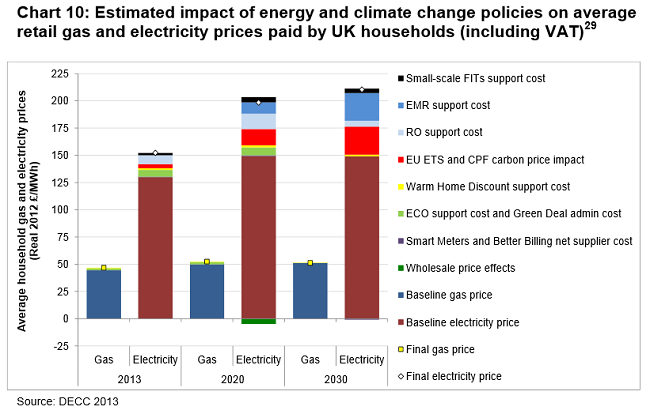In sp!ked, Dominic Standish looks at how some recent extreme weather incidents are being attributed to climate change/global warming without sufficient scientific evidence:
Hurricane Sandy brought havoc in the Caribbean, especially Haiti, and caused approximately 60 deaths. Then the storm hit the US east coast; New York experienced exceptional floods and at least 40 people lost their lives. Next, Venice in Italy witnessed high flooding on 11 November, when the city’s tide measurements reached their sixth-highest level for 140 years. No one died from these floods in Venice, but — like Haiti and New York — the economic impact was significant.
Global warming was widely blamed for the flooding, yet in all three cases flooding was principally caused by storm surges. In the Caribbean and America, there was an unfortunate convergence of weather systems creating storm surges. As Hurricane Sandy swirled north in the Atlantic and towards land, a wintry storm headed towards it from the West and cold air was blowing south from the Arctic. After the hurricane devastated parts of the Caribbean, it moved towards the north-east of the US, pushing water up the estuaries of New York into the city. Venice’s floods were unconnected to Hurricane Sandy, but were also caused by high winds creating storm surges pushing water through the three inlets between the sea and the Venetian lagoon towards the city. Subsidence over the past century has made Venice more susceptible to storm surges. Nevertheless, after 70 per cent of Venice was under water on 11 November, Italy’s environment minister, Corrado Clini, insisted that global climate change was to blame.
Although storm surges were the cause of the floods in all three locations, global warming was widely identified as the culprit. Of course, we cannot ignore climate change. The Intergovernmental Panel on Climate Change (IPCC) established in 2007 that there was a global temperature rise of 0.74 degrees Celsius between 1906 and 2005, which added to global sea levels rising by an average rate of 1.8 millimetres per year from 1961. We need to have an open debate about climate change and its relationship with bad weather events. Some argue that climate change has increased hurricanes and storm surges, while others suggest there is insufficient evidence to prove this link. Whether climate change impacts on the frequency and strength of hurricanes remains uncertain, yet global warming has definitely been deployed as a superstitious narrative to close down discussion.
Update: Of course, the storm damage will eventually repaired and the federal government will pay the lion’s share of the costs. This is one of the bigger causes of rising costs due to storm damage along the US coastline: properties that are more exposed to damage keep getting rebuilt. Here’s an example from Dauphin Island, Alabama:
The western end of this Gulf Coast island has proved to be one of the most hazardous places in the country for waterfront property. Since 1979, nearly a dozen hurricanes and large storms have rolled in and knocked down houses, chewed up sewers and water pipes and hurled sand onto the roads.
Yet time and again, checks from Washington have allowed the town to put itself back together.
Across the nation, tens of billions of tax dollars have been spent on subsidizing coastal reconstruction in the aftermath of storms, usually with little consideration of whether it actually makes sense to keep rebuilding in disaster-prone areas. If history is any guide, a large fraction of the federal money allotted to New York, New Jersey and other states recovering from Hurricane Sandy — an amount that could exceed $30 billion — will be used the same way.
Tax money will go toward putting things back as they were, essentially duplicating the vulnerability that existed before the hurricane.




